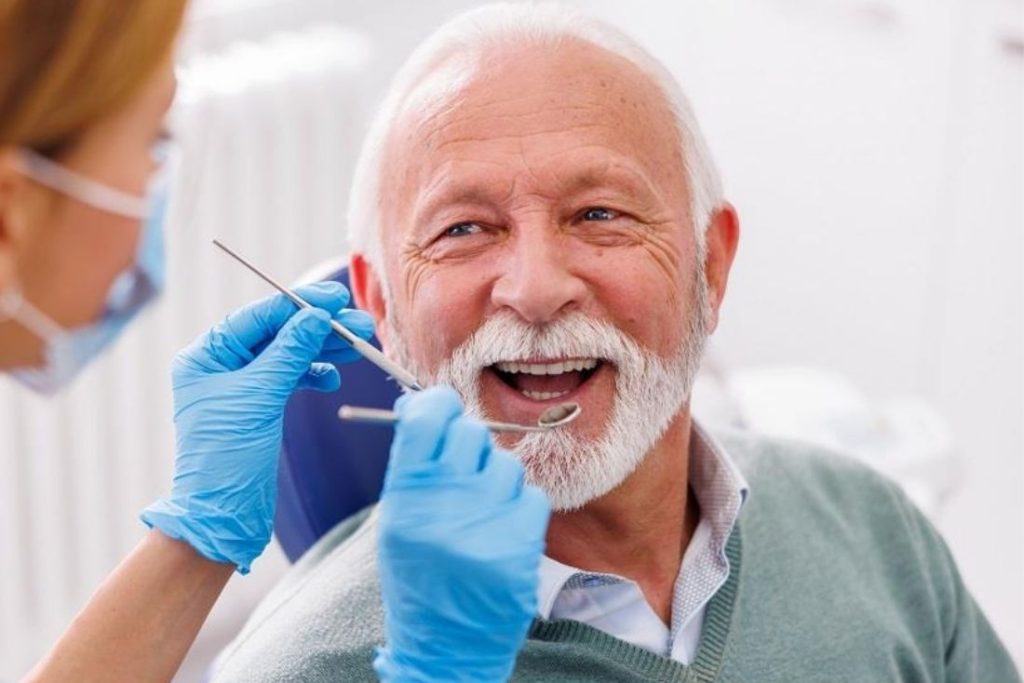test article 3 dental

The Rise of Digital Dentistry
In recent years, advancements in digital technology have revolutionized the way dental care is provided. From 3D printing to artificial intelligence, new innovations are making treatments faster, more precise, and more comfortable for patients. Digital impressions have replaced traditional molds, reducing discomfort while improving accuracy in creating crowns, bridges, and orthodontic appliances.
AI and Predictive Analytics in Dental Care
Artificial intelligence is playing an increasingly important role in dentistry. AI-powered diagnostic tools can analyze X-rays and scans to detect cavities, gum disease, and even early signs of oral cancer with impressive accuracy. These systems assist dentists in making informed decisions and developing personalized treatment plans for patients.
The Evolution of Teeth Straightening
Orthodontics has seen a major transformation with the introduction of clear aligners like Invisalign and SureSmile. Unlike traditional braces, these aligners offer a discreet and convenient alternative for straightening teeth. Combined with AI-driven treatment planning, patients can now achieve their desired smiles more efficiently than ever.
Minimally Invasive Procedures
Advances in laser dentistry and pain-free injections are making dental procedures less invasive. Lasers can now be used for gum contouring, cavity treatment, and even root canal therapy, reducing the need for drills and minimizing recovery time. The Wand, a computer-assisted anesthesia delivery system, ensures pain-free injections, easing anxiety for patients.
The Impact of Teledentistry
With the rise of virtual healthcare, teledentistry has become a valuable tool for remote consultations and follow-up care. Patients can discuss concerns, receive professional advice, and even have prescriptions written without visiting the office. This convenience is particularly beneficial for individuals in rural areas or those with busy schedules.
What’s Next for Dentistry?
As technology continues to advance, the future of dentistry will likely see even more patient-friendly innovations. From smart toothbrushes that track oral health in real time to regenerative treatments that rebuild enamel, the possibilities are exciting.
The goal of modern dentistry remains the same: to provide high-quality care that improves both oral and overall health. With these new advancements, patients can expect better experiences and healthier smiles for years to come.



